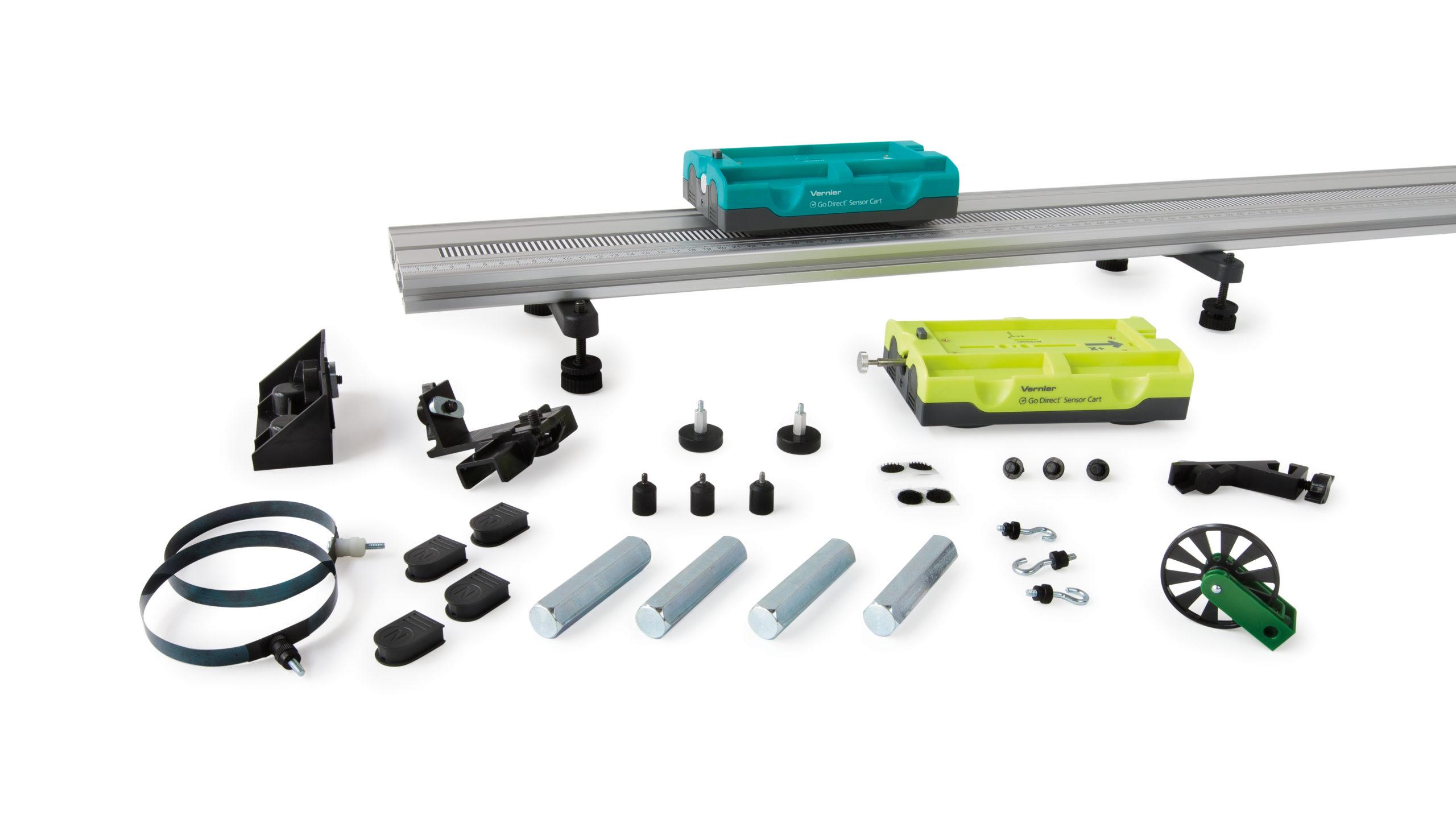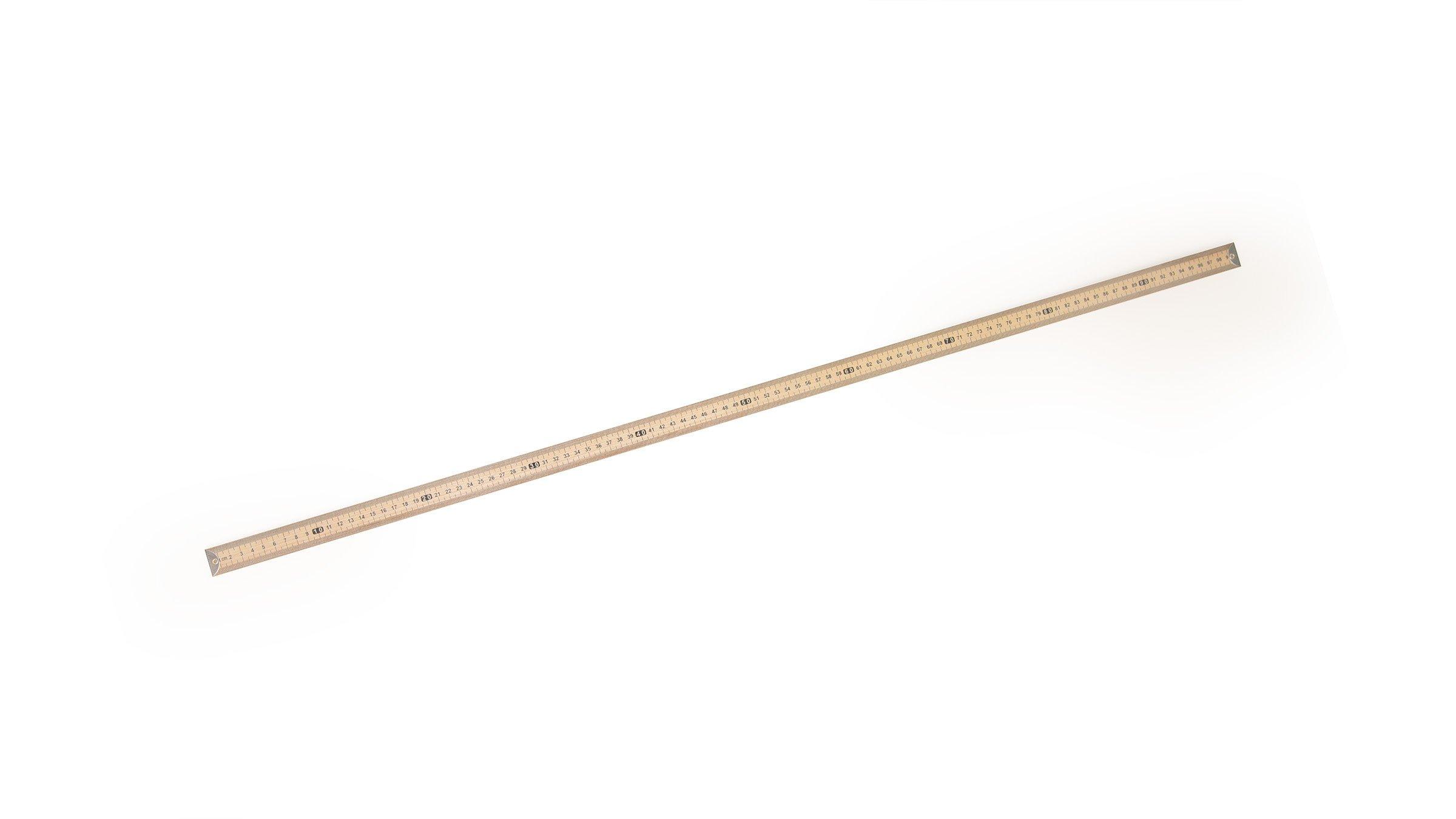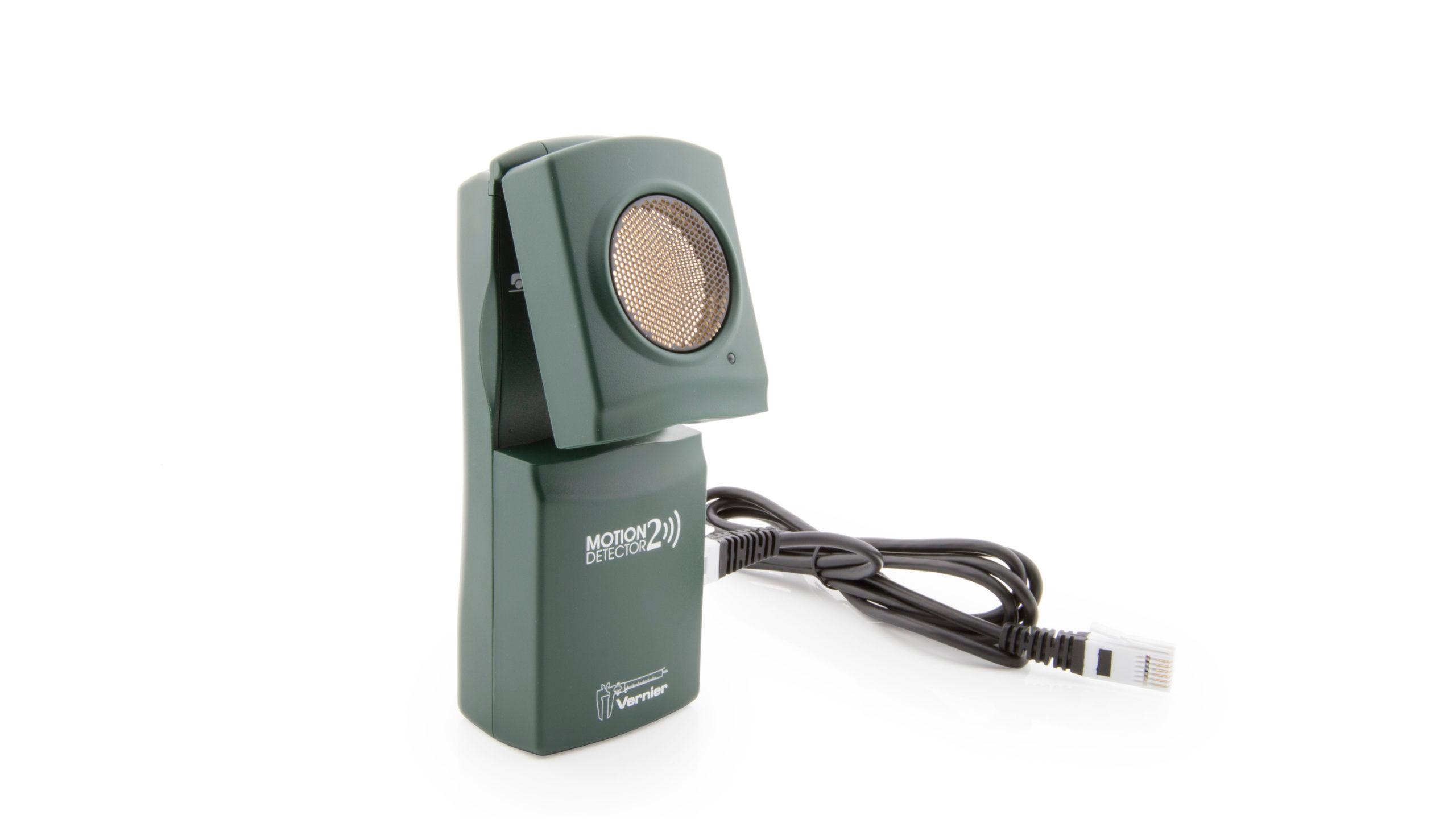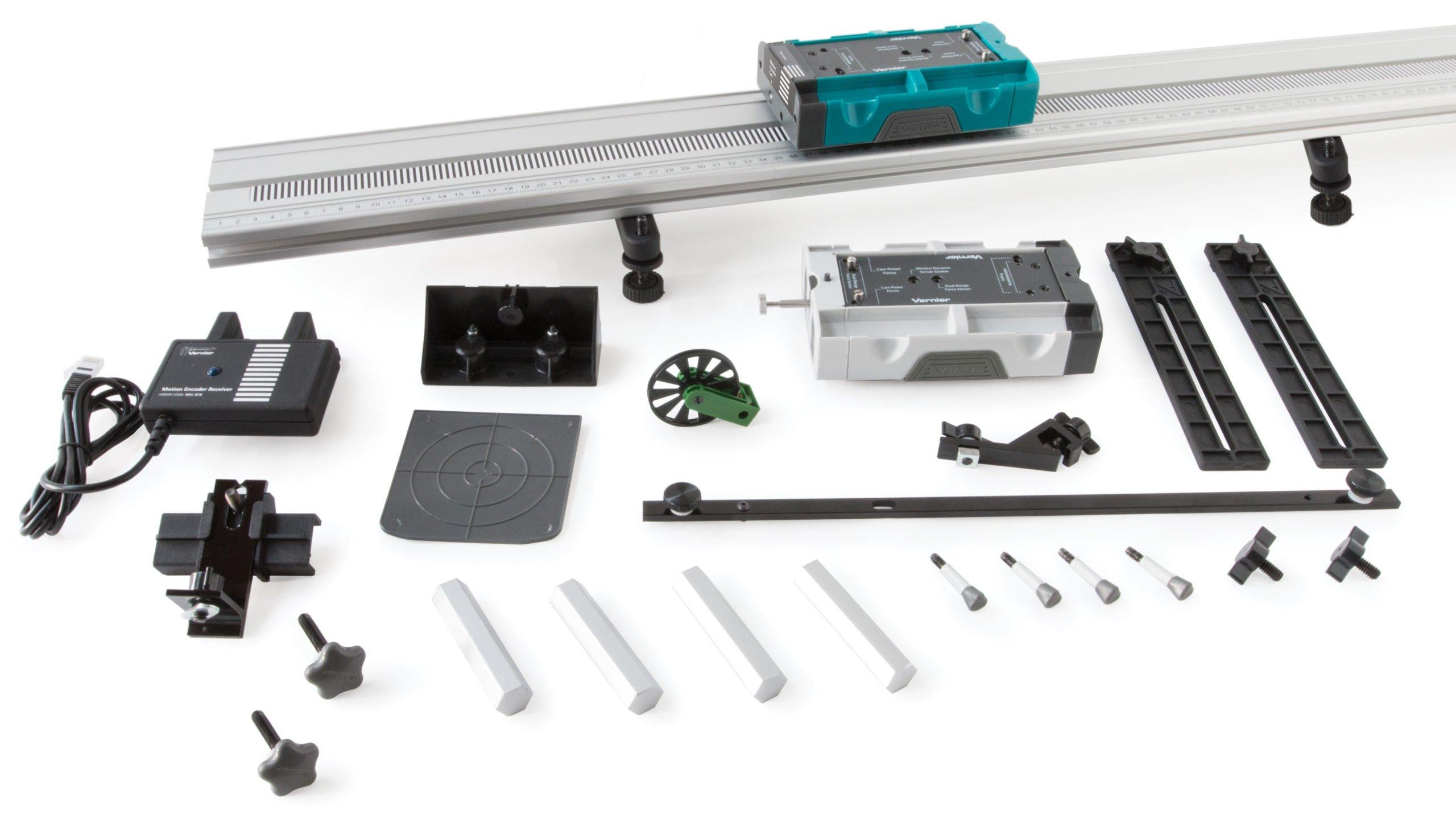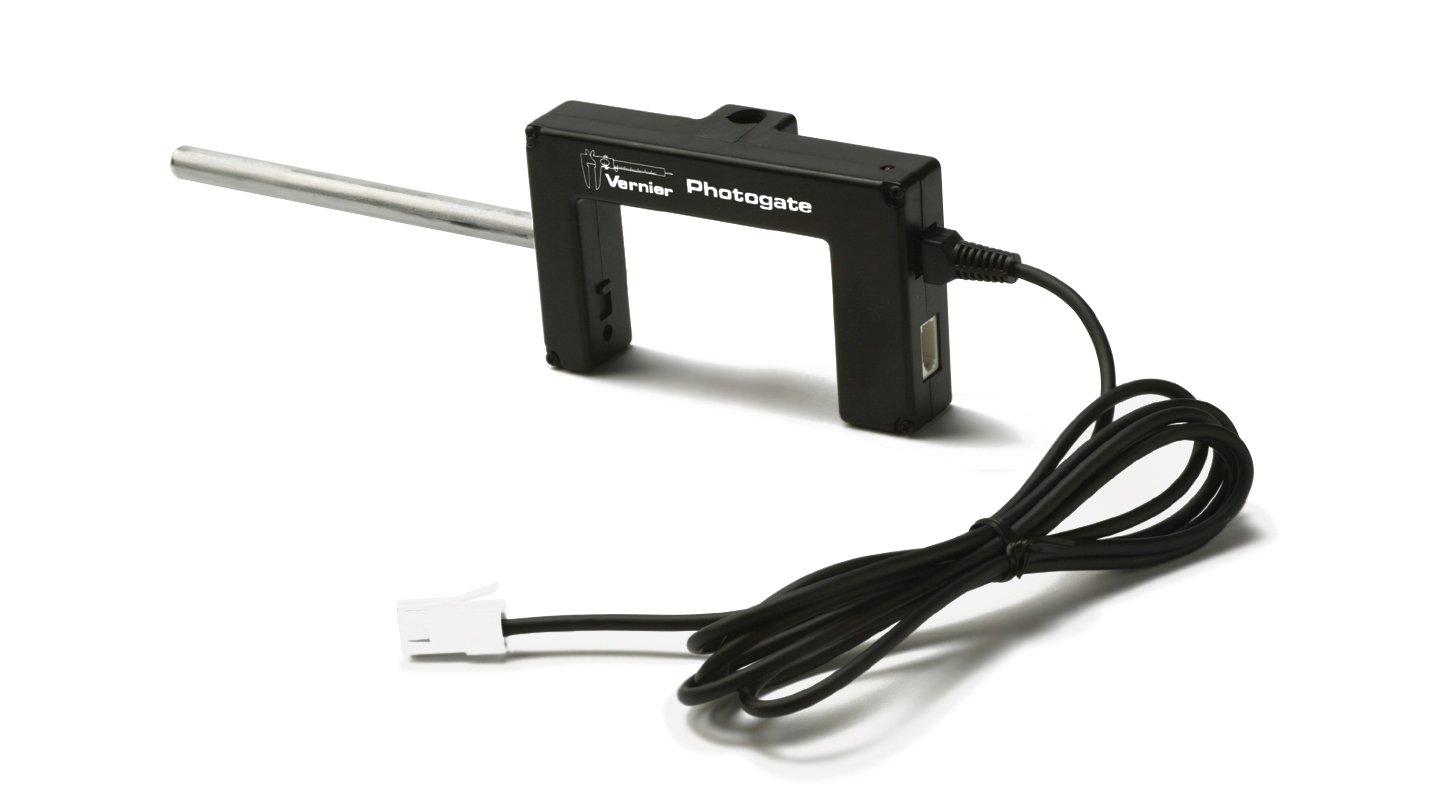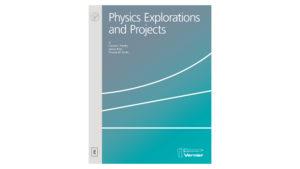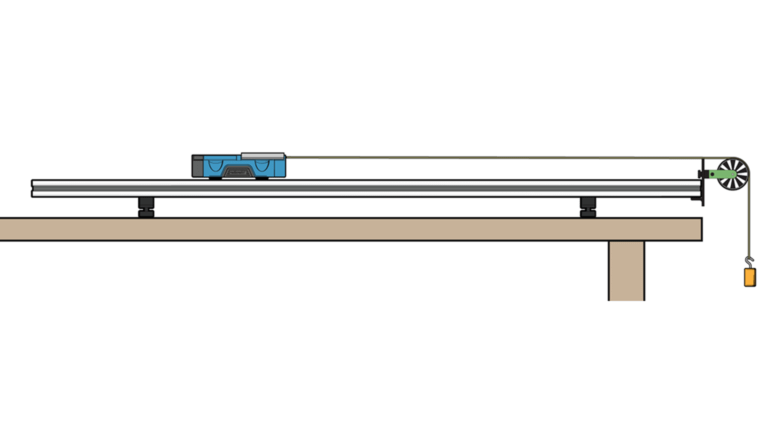
Introduction
The goal of this activity is for students to empirically develop Newton’s second law of motion.
In the Preliminary Observations, students observe a modified Atwood’s machine in which a low-friction cart is pulled along a track by a hanging mass that is connected to the cart by a string going over a pulley at the end of the track. This may be done as a whole class activity or in lab groups.
During the subsequent inquiry process, students should investigate either acceleration vs. pulling force or acceleration vs. system mass, or both. Linearization and examining the linear coefficient leads students to conclude that acceleration is proportional to pulling force and inversely proportional to system mass, and that the linear coefficients are reasonably close to agreement with Newton’s second law of motion in one dimension.
Objectives
- Identify variables, design and perform investigations, collect and analyze data.
- Draw a conclusion and formulate a mathematical model based on data from the investigations.
- Develop Newton’s second law of motion empirically
Sensors and Equipment
This experiment features the following sensors and equipment. Additional equipment may be required.
Ready to Experiment?
Ask an Expert
Get answers to your questions about how to teach this experiment with our support team.
- Call toll-free: 888-837-6437
- Chat with Us
- Email support@vernier.com
Purchase the Lab Book
This experiment is #4 of Physics Explorations and Projects. The experiment in the book includes student instructions as well as instructor information for set up, helpful hints, and sample graphs and data.

